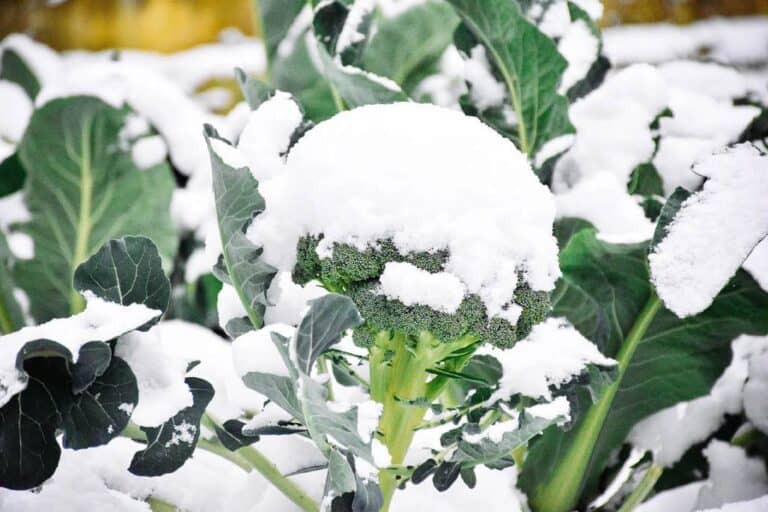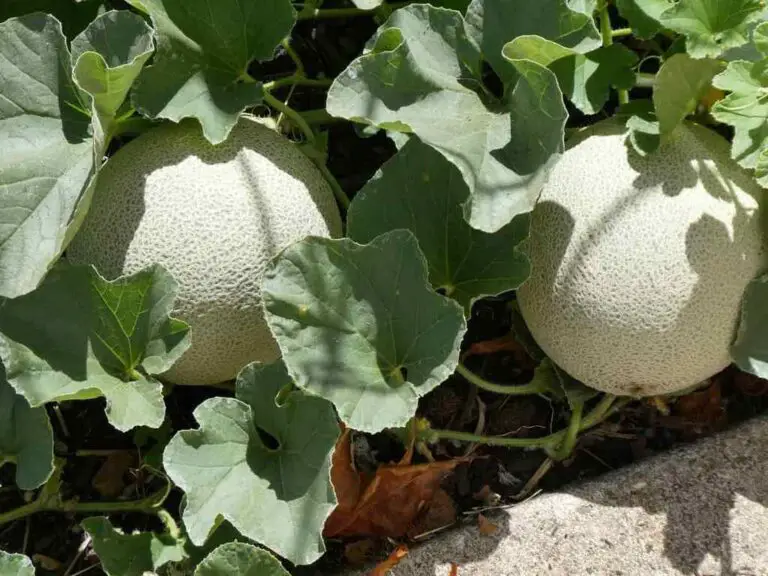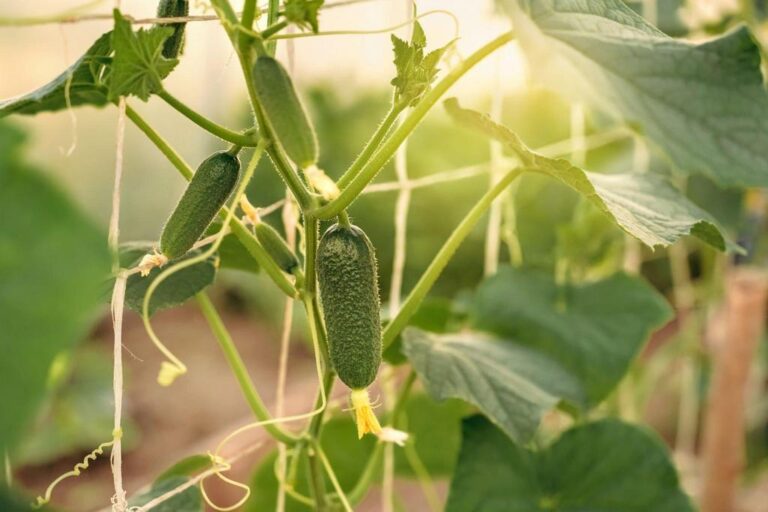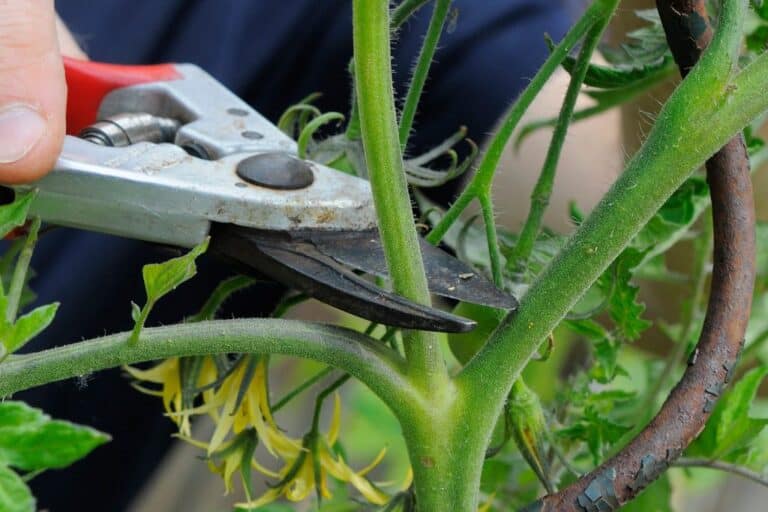Where Does Cantaloupe Originate From? Exploring History of Cantaloupe

Have you ever taken a bite of a juicy, sweet cantaloupe and wondered where this delicious fruit comes from? Cantaloupe is a beloved fruit that has been enjoyed by people for thousands of years. Its rich history is filled with fascinating stories of ancient cultivation, religious significance, and cultural exchange.
So, where does cantaloupe originate from, and how did it become such a popular fruit around the world?
Cantaloupe is believed to have originated in the Persia or African continent, where it was first cultivated over 4,000 years ago. However, the exact origin of this fruit remains a subject of debate among scholars and historians.
Some believe that cantaloupe was first domesticated in ancient Egypt, while others argue that it was cultivated in the Middle East before spreading to other parts of the world. Regardless of its exact origin, it is clear that cantaloupe has a long and fascinating history that has made it one of the most popular and beloved fruits in the world today.
In this article, we will explore the ancient origins and early cultivation of cantaloupe, as well as its unique botanical characteristics and varieties. We will also take a closer look at how cantaloupe cultivation has spread to different regions around the world and how it has been adapted to suit local growing conditions and culinary traditions.
Whether you are a fan of this delicious fruit or simply curious about its history, join us on a journey of discovery as we explore the rich and fascinating world of cantaloupe.
Introduction to Cantaloupe
Cantaloupe is a delicious and juicy fruit that is a member of the melon family. This fruit is known for its sweet taste and unique aroma, making it a favorite for many people.
Cantaloupes are native to Africa and Asia but are now grown in many countries around the world. They are generally harvested in the summer months, making them a popular fruit to enjoy during the hot and sunny season.
Cantaloupes have a unique texture that is both juicy and firm. The fruit is often eaten raw and can be added to fruit salads or eaten on its own. One of the reasons why cantaloupe is so popular is that it is very refreshing, making it an ideal fruit to enjoy on a hot summer day. Cantaloupes are also a great source of vitamins A and C, which are important for keeping skin, hair, and eyes healthy.
When selecting cantaloupes, it is important to choose fruits that are ripe but not overripe. A ripe cantaloupe should have a sweet smell and a slightly soft texture. However, if the fruit is too soft, it may be overripe and have a fermented taste. When cutting a cantaloupe, it is important to remove the skin and the seeds.
The flesh can be cut into small pieces and added to salads or smoothies, or it can be eaten on its own. Cantaloupes are a great addition to any healthy diet and are an excellent way to stay hydrated during the summer months.

Where Does Cantaloupe Originate From? Ancient Origins and Early Cultivation
Cantaloupe, known scientifically as Cucumis melo, is believed to have originated in Persia. Some experts believe that it was first domesticated in ancient Egypt around 4000 years ago, while others argue that it was cultivated in the Middle East before spreading to other parts of the world.
The early cultivation of cantaloupe was characterized by a number of challenges and uncertainties. For example, early farmers had to deal with things like pest control, soil fertility, and weather that was hard to predict.
Despite these problems, they kept trying and came up with ways to grow cantaloupes. In some places, cantaloupe was even thought of as a holy fruit and was used in religious ceremonies and celebrations.
Over time, cantaloupe cultivation spread to other parts of the world, including Europe, Asia, and the Americas. As farmers moved it to new areas, they changed it a little bit to fit the growing conditions and food traditions of those places.
For example, in Europe, cantaloupe was grown primarily for its sweet and fragrant flesh, while in Asia, it was used more for its medicinal properties. Today, cantaloupe is grown in almost every corner of the world and remains a staple fruit in many cultures.
Different Types of Cantaloupe and Their Origins
Cantaloupes come in many varieties, each with its own unique flavor and characteristics. The different kinds of cantaloupe come from different places and are grown in different ways. In fact, there are over 100 types and varieties of cantaloupes grown worldwide, each with its own distinct qualities that make it stand out from the rest.
One of the most popular types of cantaloupes is the European cantaloupe, also known as the French cantaloupe. This type of cantaloupe is typically smaller in size compared to other varieties, with a slightly sweeter taste and more delicate flesh. The European cantaloupe originates from the Provence region in France and is highly prized by chefs and food enthusiasts around the world.
Another popular type of cantaloupe is the North American cantaloupe, also known as the Rocky Ford cantaloupe. This variety of cantaloupe is grown primarily in the United States, and is known for its thin rind and smooth, orange flesh. Rocky Ford cantaloupe is prized for its exceptional flavor and aroma and is frequently used in a variety of culinary applications.
The Galia cantaloupe is another unique variety of cantaloupe that is highly popular in Europe and the Middle East. This type of cantaloupe has a yellowish-green rind with sweet and succulent flesh. The Galia cantaloupe is known for its fragrant aroma and is often eaten raw or used in desserts and salads. This type of cantaloupe originated in Israel in the 1970s and has since become a popular crop in many parts of the world.
Botanical Characteristics and Varieties of Cantaloupe
Cantaloupe is a fascinating fruit with a wide range of botanical characteristics and varieties. Cantaloupe has a rough, netting-covered skin that can be green, yellow, or tan. This is one of the things that makes it stand out.
The skin protects the sweet, juicy flesh inside, which is rich in vitamins A and C, as well as potassium and fiber. The flesh itself can vary in color from light green to bright orange, and can be smooth or slightly ribbed.
There are many different varieties of cantaloupe, each with its own unique flavor and texture. Some of the most popular varieties include the French Charentais, the Spanish Galia, and the American Hales Best.
The Charentais is a small, round melon with a deep orange flesh and a rich, floral aroma. It is known for its complex, sweet flavor, and is often used in salads or as a dessert fruit. The Galia, on the other hand, is a medium-sized melon with a greenish-yellow skin and a juicy, honey-sweet flesh. It is commonly used in fruit salads, smoothies, and other cold desserts.
In addition to these popular varieties, there are many other types of cantaloupe that are grown around the world. Some are prized because they don’t get sick or get eaten by bugs, while others are prized for their unique taste or texture.
No matter which variety you choose, however, you can be sure that cantaloupe is a delicious and nutritious fruit that is beloved by people all over the world.
Modern Production and Global Market of Cantaloupe
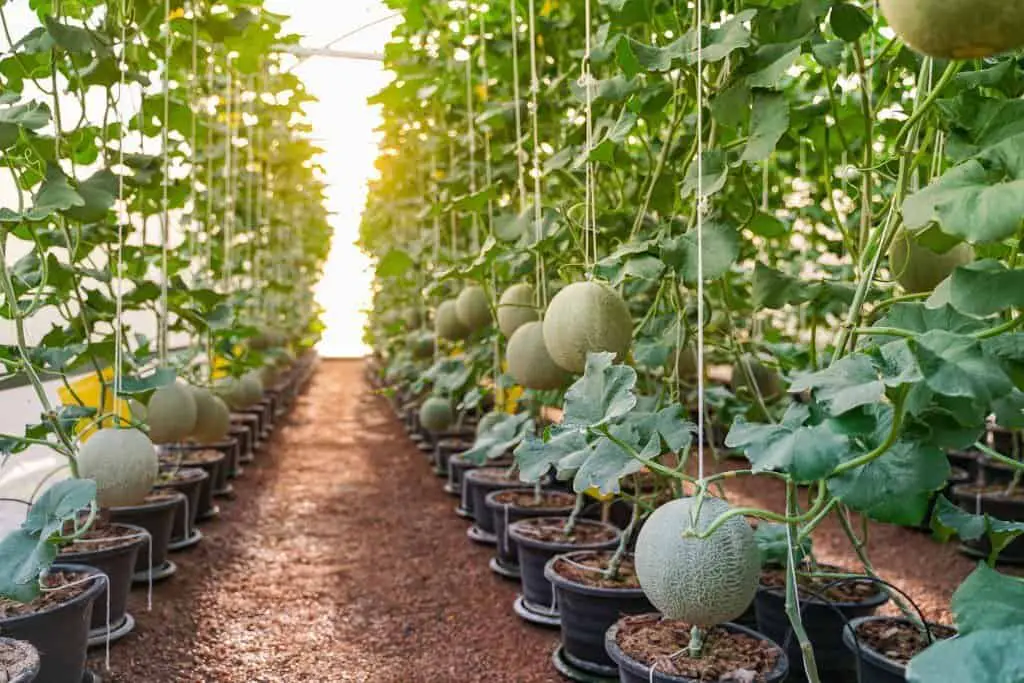
Cantaloupe has become a more popular fruit, both to grow and to eat, over the past few years. The global market for cantaloupe has experienced significant growth in recent years, driven by factors such as increasing demand for healthy and natural foods as well as improvements in logistics and transportation that have made it easier to transport and distribute cantaloupe to different parts of the world.
One of the biggest producers of cantaloupe is China, which accounts for more than half of the world’s cantaloupe production. Other major producers include Turkey, Iran, Egypt, and India. In the United States, the state of California is the largest producer of cantaloupe, followed by Arizona and Texas.
Cantaloupe is made today using a number of different methods, such as irrigation, pest control, and genetic modification. Many farmers now use precision farming techniques to optimize their yields and reduce waste.
In terms of the global market for cantaloupe, the fruit is in high demand in many parts of the world, particularly in Europe, North America, and Asia. The rise of e-commerce has also made it easier for consumers to purchase cantaloupe from different parts of the world, with many online retailers now offering a wide range of cantaloupe varieties and products.
Cantaloupe’s popularity has also led to the creation of new products, such as juice, smoothies, and desserts made with cantaloupe.
Even though cantaloupe is a popular fruit, the global market for it faces problems like climate change, a lack of water, and damage to the environment. Also, people are getting more worried about the use of pesticides and other chemicals in growing cantaloupe, which can hurt both people and the environment.
Because of this, many farmers and producers are now turning to sustainable farming methods to make sure that cantaloupe production and the global market will be around for a long time.

